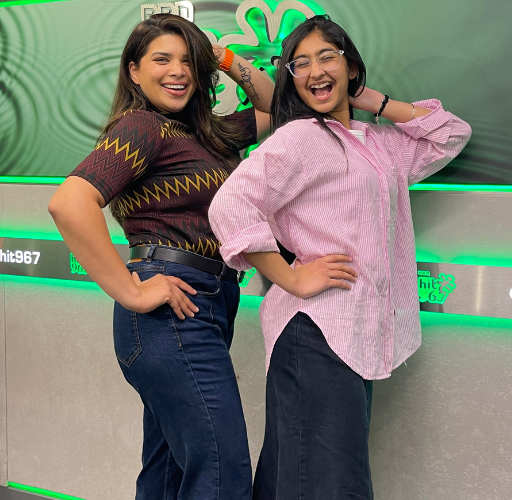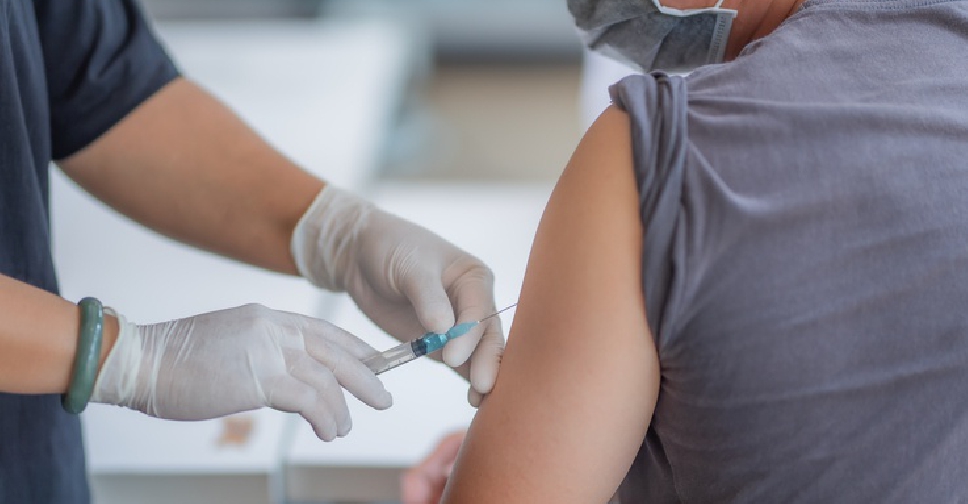
A new COVID vaccine is due out next month, but health experts and analysts say it is likely to be coolly received even as hospitalisations from "Eris", a variant of the Omicron form of the coronavirus, rise around the US.
Some public health experts hope that Americans will welcome the new shot as they would a flu jab. But demand for the vaccine has dropped sharply since 2021 when it first became available and more than 240 million people in the US, or 73 per cent of the population, received at least one shot.
In the fall of 2022, by which time most people had either had the COVID virus or the vaccine, fewer than 50 million people got the shots.
Healthcare providers and pharmacies such as CVS Health will start next month to offer the shot, updated to fight the Omicron version of the virus that has been dominant since last year.
They will be fighting declining concern about the virus, as well as fatigue and scepticism about the merits of this vaccine, Kaiser Family Foundation Director of Survey Methodology Ashley Kirzinger said.
"Public health officials, if they want to see a majority of adults get these annual vaccines, they're going to have to make the case to the American public that COVID isn't over and it still poses a risk to them," Kirzinger said.
The top reason vaccinated people gave in KFF surveys earlier this year for eschewing annual shots was they believed they had protection from the virus because of previous shots or infections, she said.
COVID-19 vaccine makers have pared back expectations for this fall's vaccination campaign, with Pfizer – the largest maker of mRNA shots with BioNTech – recently warning that it might need to cut jobs if it does not do well. Its biggest rival, Moderna, conceded demand could be as few as 50 million shots.
Last year, Pfizer and Moderna's vaccine sales topped $56 billion worldwide; analysts project around $20 billion for this year.
Jefferies analyst Michael Yee said he does not expect the autumn campaign to reach last year's.
"Take a look at what happened last winter. It was 50 million in the US, and it seems likely to be lower than that, given that there's less concern about COVID this year than last year," Yee said.
POST PANDEMIC VACCINE
The COVID public health emergency ended in May and the government has handed much of the duty of vaccinating America to the private sector. Over 1.1 million people in the United States have died from COVID, according to the US Centers for Disease Control and Prevention (CDC).
CDC Director Mandy Cohen said last week in a podcast that she expects the shots - which still need to be authorised by the US Food and Drug Administration and recommended by the CDC - to be rolled out in the third or fourth week of September. She suggested Americans should view these shots as an annual measure to protect oneself, in line with the annual flu shot.
As with the flu, Pfizer/BioNTech, Moderna and Novavax, have created versions of the COVID vaccine to try to match the variant they believe will be circulating this fall. The shots are aimed at XBB.1.5, a subvariant that is similar to EG.5 and also a sub-lineage of the still dominant Omicron variant.
COVID-19 related hospitalisations are up more than 40 per cent off of recent lows hit in June, but are still more than 90 per cent below peak levels hit during the January 2022 Omicron outbreak, according to CDC data.




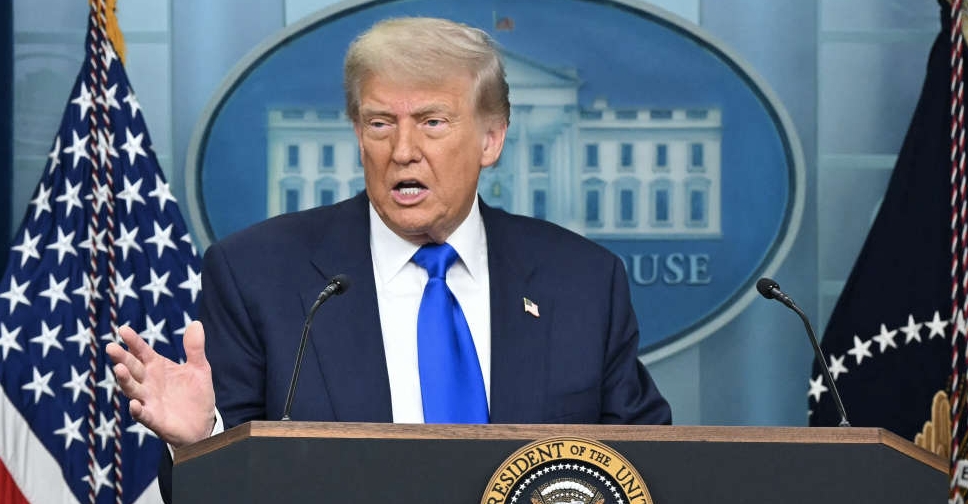 Trump urges Hamas to accept 'final proposal' for 60-day Gaza ceasefire
Trump urges Hamas to accept 'final proposal' for 60-day Gaza ceasefire
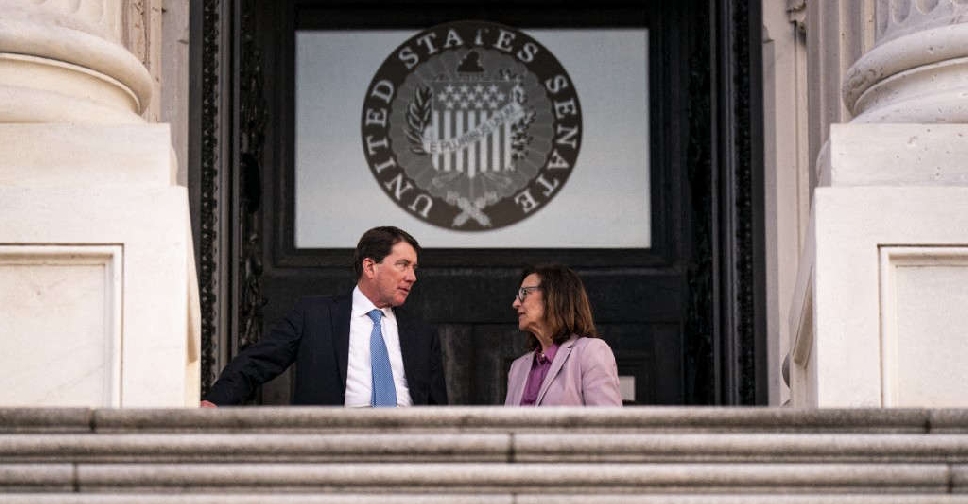 US Senate passes Trump's tax-cut, spending bill; sends to House
US Senate passes Trump's tax-cut, spending bill; sends to House
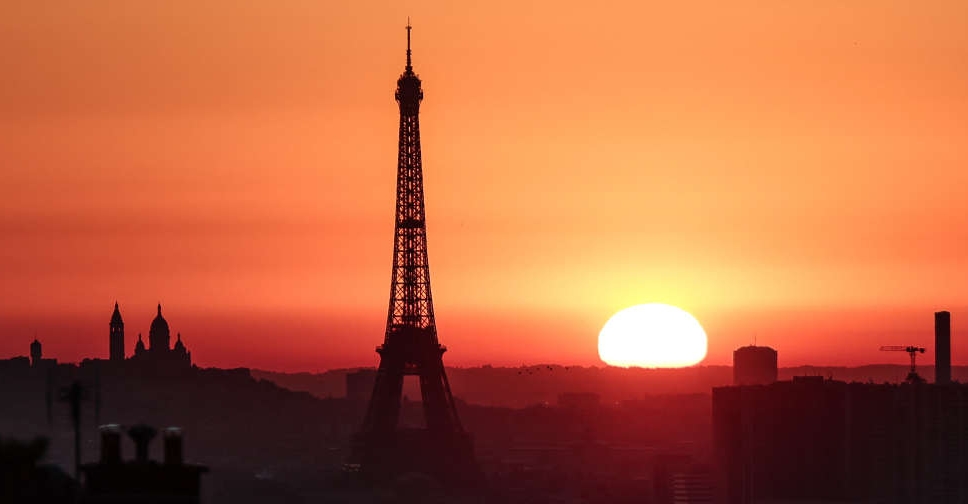 France shuts schools as heatwave grips Europe
France shuts schools as heatwave grips Europe
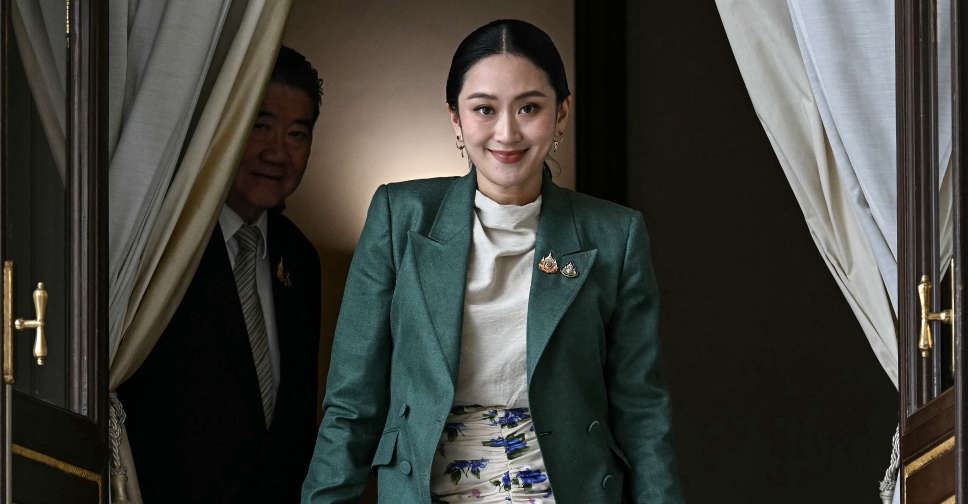 Blow for Thailand's government as court suspends PM from duty
Blow for Thailand's government as court suspends PM from duty

